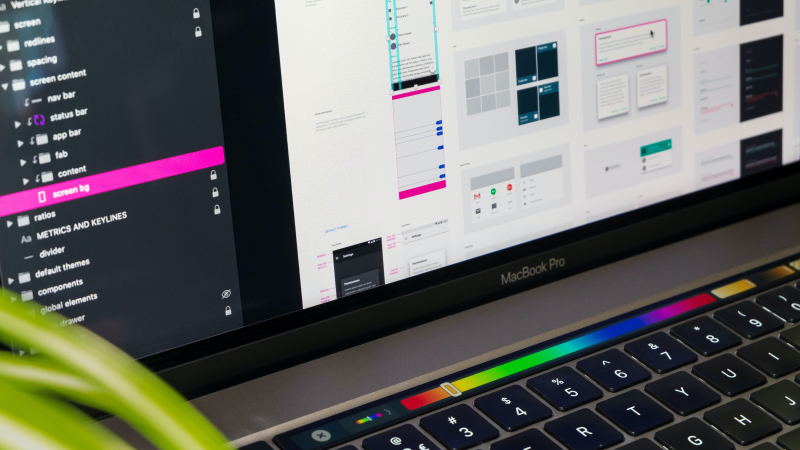As a Webflow Designer I often work with clients in the US and Europe (I’m currently based in Perth, Australia) and naturally there is often quite a time difference between my clients and myself. In this article I want to outline which tool I use to communicate with clients across time zones and give tips on how to work together efficiently if you live many kilometres (or miles) apart. Let’s go.
Calendly
Calendly (https://calendly.com/) is a free service for scheduling virtual meetings with Zoom, Google Meet, Skype etc. While free version has certain limitations (like a 30 minute meeting limitation) it is great for having useful and succinct meetings with clients. With the tool you can set up your own Calendly calendar and specify when you are available for meetings each day. It also lets you set your preferred method of communicating (e.g. via Zoom, Skype etc.). What is especially useful is the ability to add questions to your booking form. This means that as soon as your client selects a time to talk to you, he also has the ability to answer a question that might inform your conversation. For instance for new, first time, “get to know each other” calls a useful question could be “What would you like to focus on in this meeting?”. This is especially important if a client has not provided much information in his intro email to me. It lets me get a better gist of what this conversation will be about. For existing clients Calendly is simply a great way to schedule check-in calls or when you want to talk about an upcoming project. You basically avoid having to write emails back and forth trying to establish a suitable time/day for both of you. Calendly automatically calculates the right local time for your client while you have set your own Calendly calendar in your own local time.
Loom
I use the video recording tool Loom (https://www.loom.com/) frequently to communicate with clients. The tool lets you record a screencast (with sound) of up to 5 minutes (with no time limit for the paid version of Loom). Once you have recorded your video it is uploaded to Loom’s own online platform and you can either provide your client with a link to watch the video or download the video yourself and upload it to a video sharing platform like YouTube or Vimeo or share it via other channels.
For me and my clients Loom comes in especially handy when I want to communicate design choices and/or want to give my clients an overview of any changes I have done to their Webflow site. Clients often use Loom to better communicate any improvements they want me to do on their site as oftentimes it is either to show and explain something via visuals and audio than to write a lengthy email. Utilising a tool like Loom can reduce the need for meetings since you can simply explain change requests through a video you send over - especially when there is a large time zone difference, not having to arrange lots of meetings can be very beneficial.
Figma (Comments)
For design work I usually use a tool called Figma (https://www.figma.com/). The software in made specifically for screen and UI design and allows users to add comments to any design document. In order for clients to view these comments they don’t have to open their own Figma account. However, most other digital design tools used by designer’s today such as Adobe XD or Sketch also entail a comment feature.
With Figma comments I am able to add notes/comments directly to a wireframe, layout or site design and clients can add answers to each comment. Via a shared-link, clients can view content and navigate in the Figma document. If you just want to make a few brief remarks or notes regarding a design and don’t want to record a longer audio/visual explanation as is the case with Loom, leaving comments in Figma is the way to go. In my experience many clients like using the tool to pose brief queries or questions regarding one or several aspects of a design. It also prevents misunderstandings as you are able to pinpoint exactly which item in the design you are referring to.
Final Words
All in all these are my three favourite tools for communicating design changes or queries to my clients. While I also use tools like Slack, and MS Teams, as well as Google Meet or Zoom for direct communication, the services mentioned above let me and my clients easily outline requests and possible problem solutions which can be viewed and assessed by each party in their own time. So, rest assured, even if you are based in the US, Europe or elsewhere in the world, there are ways to communicate efficiently without having to constantly arrange late night or early morning meetings with your Webflow Designer. Questions? Get in touch with me via the form at the bottom of the page.





